Ian Green, in The Christian's ABC, presents a good distinction between Catholic and Protestant catechesis in the early Reformation.
In the early church, catechesis prepared new believers for baptism, but eventually, "[i]n subsequent centuries the task of the instructors changed from preparing converted adults for baptism to ensuring that those baptized at birth understood the faith of the church of which they were a member, and from the thirteenth century this was often linked to preparing the faithful for confession" (p. 14).
By the late Middle Ages, a number of English versions of the earlier Greek terms, mediated through Latin or French equivalents, can be found being used to describe basic oral instruction, not just ‘catechumynys’ (those who were being catechized) and ‘cathezized’ (the act of catechizing), but also ‘cathecysme’ or ‘catechyzon’ (the form containing the catechetical material).
In the late Middle Ages, Green shows, there was a similarity in method and substance to Protestant and Catholic approaches to catechesis—namely, the emphasis on rote memorization of the Creed, the Lord's Prayer, and the Ten Commandments:
Indeed, in the later Middle Ages, religious instruction was being rapidly expanded, and covered part of the same ground that Protestant catechetics would do, in that adults and children were taught by rote to memorize the Paternoster and at least some would have mastered the Credo too. In addition the more zealous or better educated clergy probably offered vernacular expositions of Creed, Lord's Prayer, and Ten Commandments, either of their own devising or drawn from approved works. The Decalogue received particular attention in the manuals prepared for the late medieval clergy and laity because it was hoped it would lead to an increased awareness of the sins which had to be confessed by the committed Christian. (pp. 14–15)
But there were critical differences in what was thought to be the main "function" of catechizing. Whereas Protestants catechized to instantiate belief, Catholics catechized to inculcate practice as much as belief. Whereas Protestants catechized to prepare Christians for communion, Catholics catechized to prepare Christians for confession.
There was also a difference of interpretation or emphasis over the main function of catechizing. For Protestants a catechism was essentially a manual of belief, and catechizing was a means of leading young Christians towards knowledge and understanding of the faith and towards confirmation or admission to holy communion, though it could also tell them (and usually did) how to lead a better life. For Catholics a catechism was as much a manual of practice as of belief: catechizing was often seen as a means of preparing an adult or an adolescent for confession (and then participation in the mass) by helping him to identify his sins. For children below the age of confession, therefore, oral training in the memorizing of the basics was probably irregular. (p. 15)
Another difference is the use of imagery in catechetical teaching:
A further contrast stemmed from this stress on confession in that a number of Catholic catechetical works used visual aids—wall-paintings, carvings on fonts, woodcuts—and other techniques such as rhymed couplets and religious plays to help the faithful learn the names of the different sins to be confessed, works of mercy, and sacraments. Protestants, on the other hand, though at first permitting the use of pictures, images, and drama, became increasingly suspicious of them and stressed the importance of the plain, unvarnished word, in both the scriptural and the pedagogical sense. (p. 15–16)
But "the most striking outward difference" is that Protestants increasingly used the Q-and-A form as a pedagogical device, rather than simply interrogation:
But the most striking outward difference was that from the 1520s in Germany, and later elsewhere, most Protestants replaced the older pattern of a series of statements of belief by a system of questions and answers designed not only to test catechumens' knowledge but also to keep their attention and enhance their comprehension. Where the typical pre-Reformation form for beginners was declaratory, its post-Reformation equivalent was interrogatory. (p. 15–16)
Green's presentation seems mostly balanced. I suspect some Reformationists would dispute the view that Protestants catechized towards belief and not practice. But on the whole, this seems to capture the key similarities and differences in Catholic and Protestant approaches to catechetical teaching.
Are there other key similarities/differences? What is most valuable for the church today to recover or learn from these historical moments?

